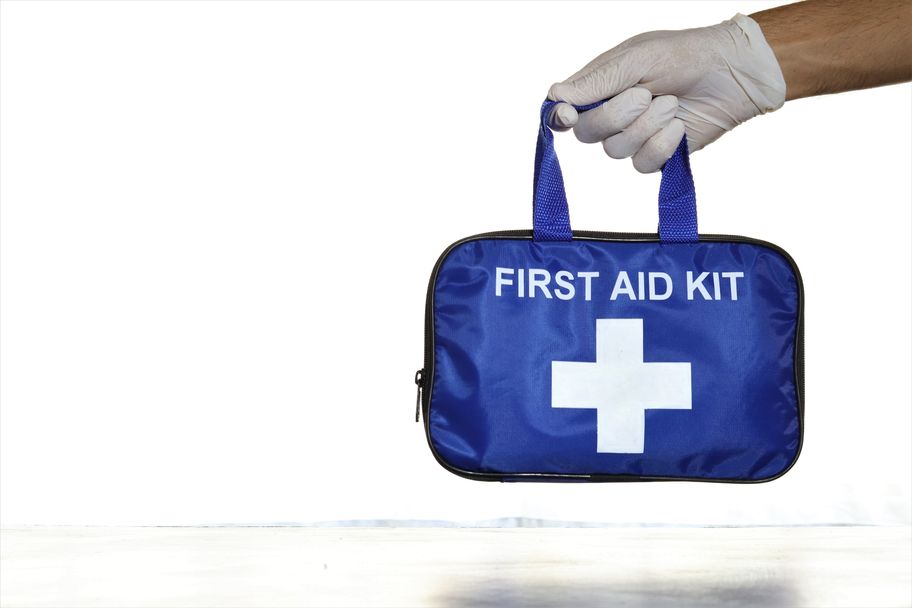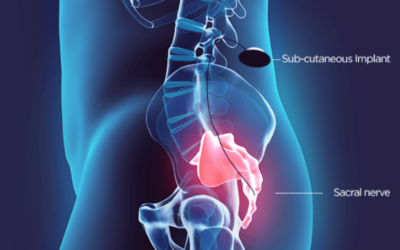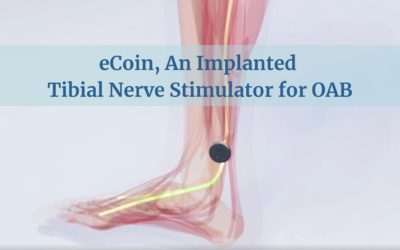Urgency incontinence is also known as overactive bladder (or OAB). OAB is a huge quality of life issue for lots of women. Going all the time, needing to rush to the toilet and sometimes not getting there are big problems that impact daily life. Women of all ages can have it, although it is more common as you get older. There are many different treatments for this problem. In this post, I’ll outline the different treatments that are out there. If you want more than just an outline, look for my other posts that go into each treatment in more detail. So what are the possible treatments for OAB?
What habits can improve OAB?
There are different habits that increase bladder leaking. Taking the time to do a deep dive and look at your habits is the best place to start. Things like smoking and constipation make incontinence worse. Weight gain (even a small amount) will increase the amount of leaking. Addressing these habits may be all you need to do. Check out these posts on habits that lead to leaking and how to change your behaviors.
There are many different foods and drinks that are bladder irritants. Even small amounts of these foods can make OAB symptoms worse. Everyone’s system is a little different and what bothers one bladder is not necessarily what will impact another bladder. Identifying your personal triggers is important homework. We do this with a bladder diary. A bladder diary is a simple tool. You use it to keep track of everything you eat and drink and your bladder symptoms. I often have women do this for 1-3 days. This helps you identify exactly what is making your bladder worse. It may be something that you don’t expect like carbonated water or chocolate.
What is urge suppression and timed voiding?
It is important that you can do a good kegel squeeze and engage your pelvic floor. We want you to start working on your muscle strength. And then when your muscles are strong, you can use them to minimize your symptoms.
Your pelvic floor works in coordination- the muscles are a team that work together. When you feel the urge, that is your bladder muscle contracting or squeezing. When the bladder contracts, the urethra relaxes to allow urine to pass. When you do a kegel contraction, you squeeze the urethral shut. This in turn stimulates a reflex which makes the bladder stop contracting. So if you can do a several quick kegels, distract yourself and wait for the urge to pass, you will have more success in getting to the bathroom. This technique is very easy to discuss but take practice to master. A pelvic floor physical therapist can help but you can definitely do them on your own.
Timed voiding is another technique to try. Timed voiding is when you empty your bladder based on the clock (say every 2 hours) rather than waiting to feel an urge. You then slowly lengthen the time between voids. This slowly retrains your bladder to hold more. Holding more will lessen symptoms of frequency and urgency.
What other treatments are available for OAB?
If these first line behavioral therapies aren’t enough, there are medications that are available and these are considered to be second line therapy. There are two different types of medications, anticholinergic medication and beta-3 agonists. Anticholinergics are the oldest type of medication and there are six different medications that you can try. They help in 50-80% of women but also have side effects like dry eyes, dry mouth and constipation. Many women stop taking them because of the side effects. There are two medications in the bets-3 agonist group. These medications are newer and so they are expensive. They work as well as the anticholinergics but have a different side effect profile. They are not as drying but can make blood pressure increase.
There are three FDA approved third line treatments. These are: bladder botox injections, percutaneous tibial nerve stimulation (PTNS), and sacral nerve stimulation (SNS). Bladder botox and PTNS are procedures that are done in the office while SNS is done in an operating room. All of these procedure help 60-90% of women. If these procedures don’t appeal to you, accupuncture, yoga and meditation have also been shown to help! One of the most important things to realize is that there are lots of different treatments out there- have hope that you will get better!
Lucacz ES et al. JAMA (2017);318(16):1592-1604.






0 Comments